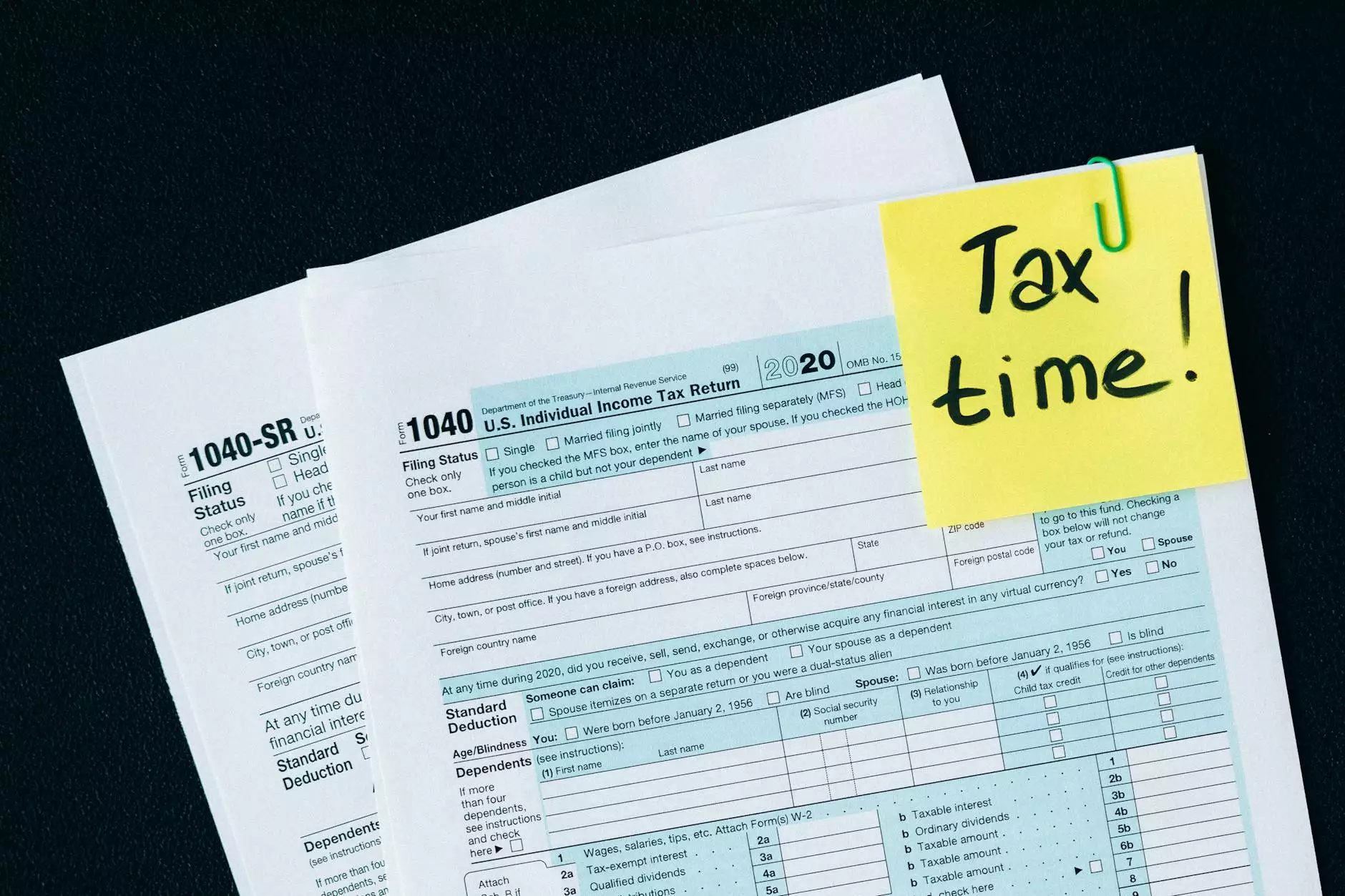Grant Proposal: Secrets of How to Get 100% Funding

Introduction
Welcome to The Knowledge Nest's comprehensive guide on writing successful grant proposals. As a renowned platform in the field of Community and Society, we understand the importance of securing adequate funding for worthy projects. In this article, we will delve into the secrets and strategies necessary to increase your chances of receiving 100% funding for your grant proposals.
Understanding the Grant Proposal Process
Before diving into the intricacies of a grant proposal, it is crucial to understand the overall process. A grant proposal is a formal document submitted to potential funders that outlines your project, its objectives, and the resources required to execute it successfully. To craft a compelling proposal, it is essential to address the funder's requirements and align your project's goals with their mission and priorities.
Research and Preparation
A successful grant proposal begins with thorough research and preparation. To increase your chances of securing funding, you must identify potential funders whose interests align with your project. Conduct extensive research to understand their mission, objectives, and funding criteria. This knowledge will help you tailor your proposal and demonstrate the alignment of your project with their goals.
Key Components of a Grant Proposal
When crafting a grant proposal, it is essential to include the following key components:
1. Executive Summary
The executive summary provides an overview of your project and its significance. It is crucial to make a strong first impression and capture the funder's attention. Highlight your project's uniqueness, the problem it aims to solve, and the anticipated impact.
2. Project Description
Here, you will provide a detailed description of your project, including its objectives, methodologies, and expected outcomes. Clearly articulate how your project aligns with the goals and priorities of the funding organization.
3. Budget and Resources
Outline the budget requirements for your project, including anticipated expenses and the resources required to achieve your objectives. Be transparent and realistic in your financial projections, ensuring every cost is accounted for.
4. Evaluation and Impact Measurement
Demonstrate how you will measure the success and impact of your project. Define clear evaluation metrics and explain how you will collect data to assess progress and outcomes. This section will help funders understand the effectiveness of their investment.
5. Sustainability Plan
Address the long-term sustainability of your project by outlining strategies for continued funding and growth beyond the grant period. Show funders that you have considered the project's future and have plans in place to ensure its impact extends beyond the initial funding.
Writing an Effective Grant Proposal
While the key components mentioned earlier form the structure of your grant proposal, the way you present your ideas and arguments also plays a crucial role in its success. Here are some essential tips to help you write an effective grant proposal:
1. Understand Your Audience
Before you start writing, research your potential funders extensively. Understand their values, priorities, and guidelines. This understanding will help you tailor your proposal specifically to their expectations, increasing your chances of success.
2. Clearly Define the Problem
Identify and articulate the problem your project aims to solve. Clearly define its significance, scope, and impact on the community and society at large. By presenting a compelling problem statement, you will effectively capture the attention of funders.
3. Showcase Your Expertise and Track Record
Highlight your organization's expertise, achievements, and past successes in similar projects. Demonstrating your ability to deliver results will instill confidence in potential funders and increase the chances of securing funding.
4. Use Data and Evidence
Support your proposal with relevant data, research, and evidence. Numbers, statistics, and case studies can effectively strengthen your arguments and demonstrate the potential impact of your project. Ensure that your data sources are reputable and up-to-date.
5. Craft a Compelling Narrative
Remember that your grant proposal is not just about facts and figures; it also needs to tell a compelling story. Use engaging language, powerful anecdotes, and testimonials to evoke emotions and connect with the funder on a deeper level.
6. Review and Edit Thoroughly
Never underestimate the importance of reviewing and editing your grant proposal. Eliminate any grammatical errors, inconsistencies, or ambiguities that might weaken its impact. Seek feedback from colleagues or mentors to ensure your proposal is clear, concise, and persuasive.
Conclusion
In conclusion, writing a grant proposal that stands out requires meticulous research, thoughtful planning, and compelling writing. By understanding the funder's priorities, tailoring your proposal accordingly, and using persuasive language, you can maximize your chances of securing 100% funding for your projects. Remember, the process may be challenging, but with dedication and the right strategies, you can make your grant proposal shine.
Stay tuned for more valuable insights and expert guidance on securing funds for your projects at The Knowledge Nest, your trusted platform for all things related to grants and funding!










